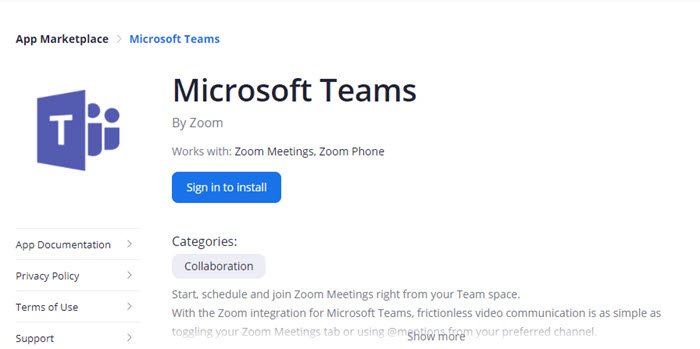

You'll pay a monthly fee for each user on the platform, adding features as you increase in price. Zoom's paid plans are also fairly cut and dry. This is the first plan in Zoom's new “Zoom One” pricing plans, which effectively consolidates Meetings, Team Chat, and Zoom's VoIP phone solution into one line of software products.Īdmittedly, a lot of competitors have added features to keep up, but Zoom remains the go-to option for individuals looking to get in touch with others and small teams that need to connect. There is, however, a 40-minute limit on meetings. To see how they match up against each other, take a look at this table comparing their pros, cons, prices, and more.įirst up is the Zoom One Basic plan, which is free and will allow you to host meetings with up to 100 attendees.

From one-to-one and group meetings to file and screen sharing, they have as much in common as they don't. Still, Microsoft Teams and Zoom offer a lot of the same as far as video conferencing is concerned. Microsoft Teams free plan: 300 participants, 60-minute time limit.Zoom free plan: 100 participants, 40-minute time limit.Microsoft Teams has Zoom integration available.Microsoft Teams offers collaboration tools.Microsoft Teams is best for larger businesses, particularly those that use other Microsoft platforms.Zoom is better for small to medium-sized businesses.Microsoft Teams, on the other hand, is more of an all-in-one business collaboration tool, offering video, messaging, calling, and collaboration for your whole team.īecause Zoom and Microsoft are fundamentally used for different purposes, the two platforms have some major differences. Since its inception, Zoom has been a wrought video conferencing tool, aimed at improving team communication. To be fair, Zoom and Microsoft Teams aren't entirely similar as far as what they're used for. It can inform you of the exact price one of these providers will cost you before you make a decision. While Zoom is slightly better than Microsoft Teams, finding the right tool for your particular business requires a bit more detail – which is where our handy comparison tool can really help. With the global pandemic keeping everyone at home, managers around the world have been doing their best to keep track of their teams remotely. The need for a comprehensive video conferencing tool like Zoom and Microsoft Teams has become substantial in the last year. Thanks to its intuitive interface, end-to-end encryption, and scalability, it's the best video conferencing tool for small to medium-sized businesses. When it comes to video conferencing tools, our research shows that Zoom is slightly better than Microsoft Teams.


 0 kommentar(er)
0 kommentar(er)
